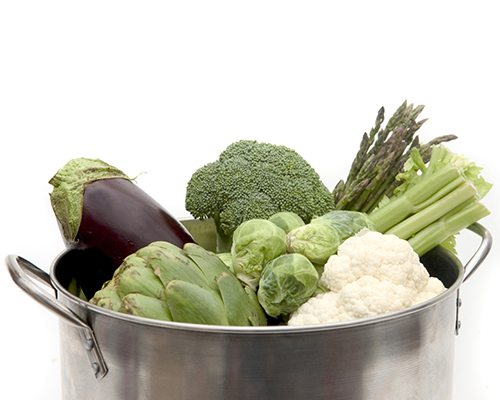Grocery Report: Fresh Formats and Quick Trips Drive Produce Foot Traffic
- Jul 10, 2025
The cooking vegetable is broad and varied and can be hard to market as a complete category. It most often includes artichokes, asparagus, beans, beets, brussels sprouts, cabbage, cauliflower, sweet corn, eggplant, garlic, greens, herbs, leeks, mushrooms, okra, onions, peas, bell peppers, chili peppers, potatoes, pumpkins, rutabagas, spinach, squash, sweet potatoes and turnips. This is the category that has benefited the most from the latest low-carb, gluten-free eating trends as many of these vegetables can be used as carb substitutes.
